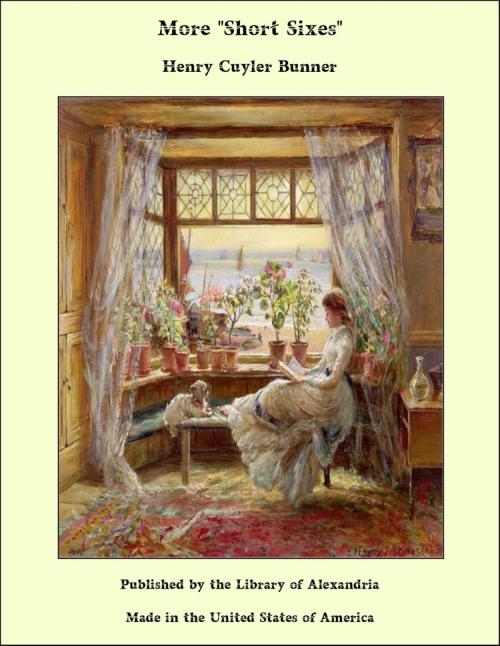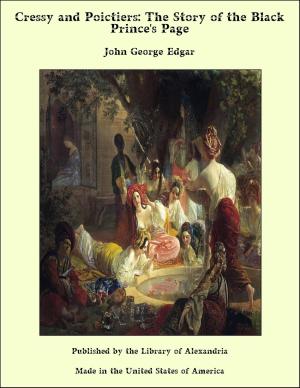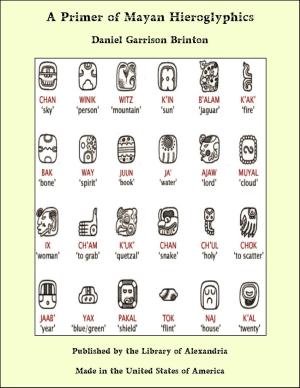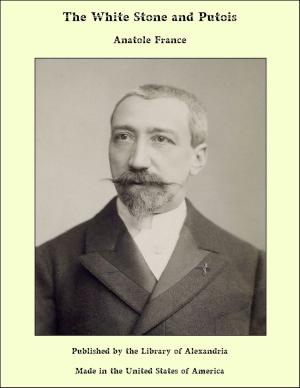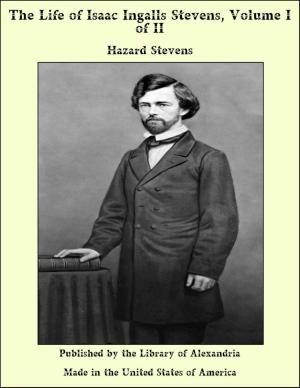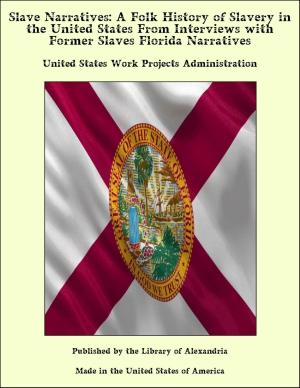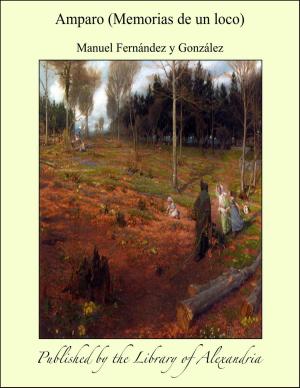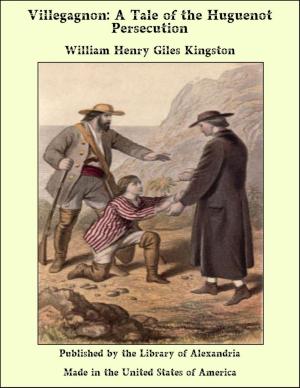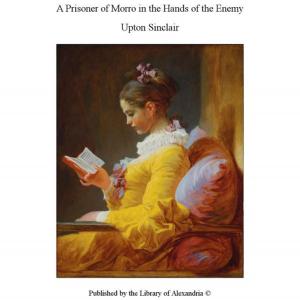| Author: | Henry Cuyler Bunner | ISBN: | 9781465615084 |
| Publisher: | Library of Alexandria | Publication: | March 8, 2015 |
| Imprint: | Language: | English |
| Author: | Henry Cuyler Bunner |
| ISBN: | 9781465615084 |
| Publisher: | Library of Alexandria |
| Publication: | March 8, 2015 |
| Imprint: | |
| Language: | English |
Mr. Brimmington, when he came into his money at the age of forty-five, fixed on Pike County, Pennsylvania, as a mountainous country of good report. A postal-guide informed him that Mr. Skinner was the postmaster of Bethel Corners; so, Mr. Brimmington wrote to Mr. Skinner. The correspondence between Mr. Brimmington and Mr. Skinner was long enough and full enough to have settled a treaty between two nations. It ended by a discovery of a house lonely enough and aged enough to fill the bill. Several hundred dollars’ worth of repairs were needed to make it habitable, and Mr. Skinner was employed to make them. Toward the close of a cold November day, Mr. Brimmington saw his purchase for the first time. In spite of his disappointment, he had to admit, as he walked around the place in the early twilight, that it was just what he had bargained for. The situation, the dimensions, the exposure, were all exactly what had been stipulated. About its age there could be no question. Internally, its irregularity—indeed, its utter failure to conform to any known rules of domestic architecture—surpassed Mr. Brimmington’s wildest expectations. It had stairs eighteen inches wide; it had rooms of strange shapes and sizes; it had strange, shallow cupboards in strange places; it had no hallways; its windows were of odd design, and whoso wanted variety in floors could find it there. And along the main wall of Mr. Brimmington’s study there ran a structure some three feet and a half high and nearly as deep, which Mr. Skinner confidently assured him was used in old times as a wall-bench or a dresser, indifferently. “You might think,” said Mr. Skinner, “that all that space inside there was jest wasted; but it ain’t so. Them seats is jest filled up inside with braces so’s that you can set on them good and solid.” And then Mr. Skinner proudly called attention to the two coats of gray paint spread over the entire side of the house, walls, ceilings and woodwork, blending the original portions and the Skinner restorations in one harmonious, homogenous whole.
Mr. Brimmington, when he came into his money at the age of forty-five, fixed on Pike County, Pennsylvania, as a mountainous country of good report. A postal-guide informed him that Mr. Skinner was the postmaster of Bethel Corners; so, Mr. Brimmington wrote to Mr. Skinner. The correspondence between Mr. Brimmington and Mr. Skinner was long enough and full enough to have settled a treaty between two nations. It ended by a discovery of a house lonely enough and aged enough to fill the bill. Several hundred dollars’ worth of repairs were needed to make it habitable, and Mr. Skinner was employed to make them. Toward the close of a cold November day, Mr. Brimmington saw his purchase for the first time. In spite of his disappointment, he had to admit, as he walked around the place in the early twilight, that it was just what he had bargained for. The situation, the dimensions, the exposure, were all exactly what had been stipulated. About its age there could be no question. Internally, its irregularity—indeed, its utter failure to conform to any known rules of domestic architecture—surpassed Mr. Brimmington’s wildest expectations. It had stairs eighteen inches wide; it had rooms of strange shapes and sizes; it had strange, shallow cupboards in strange places; it had no hallways; its windows were of odd design, and whoso wanted variety in floors could find it there. And along the main wall of Mr. Brimmington’s study there ran a structure some three feet and a half high and nearly as deep, which Mr. Skinner confidently assured him was used in old times as a wall-bench or a dresser, indifferently. “You might think,” said Mr. Skinner, “that all that space inside there was jest wasted; but it ain’t so. Them seats is jest filled up inside with braces so’s that you can set on them good and solid.” And then Mr. Skinner proudly called attention to the two coats of gray paint spread over the entire side of the house, walls, ceilings and woodwork, blending the original portions and the Skinner restorations in one harmonious, homogenous whole.
